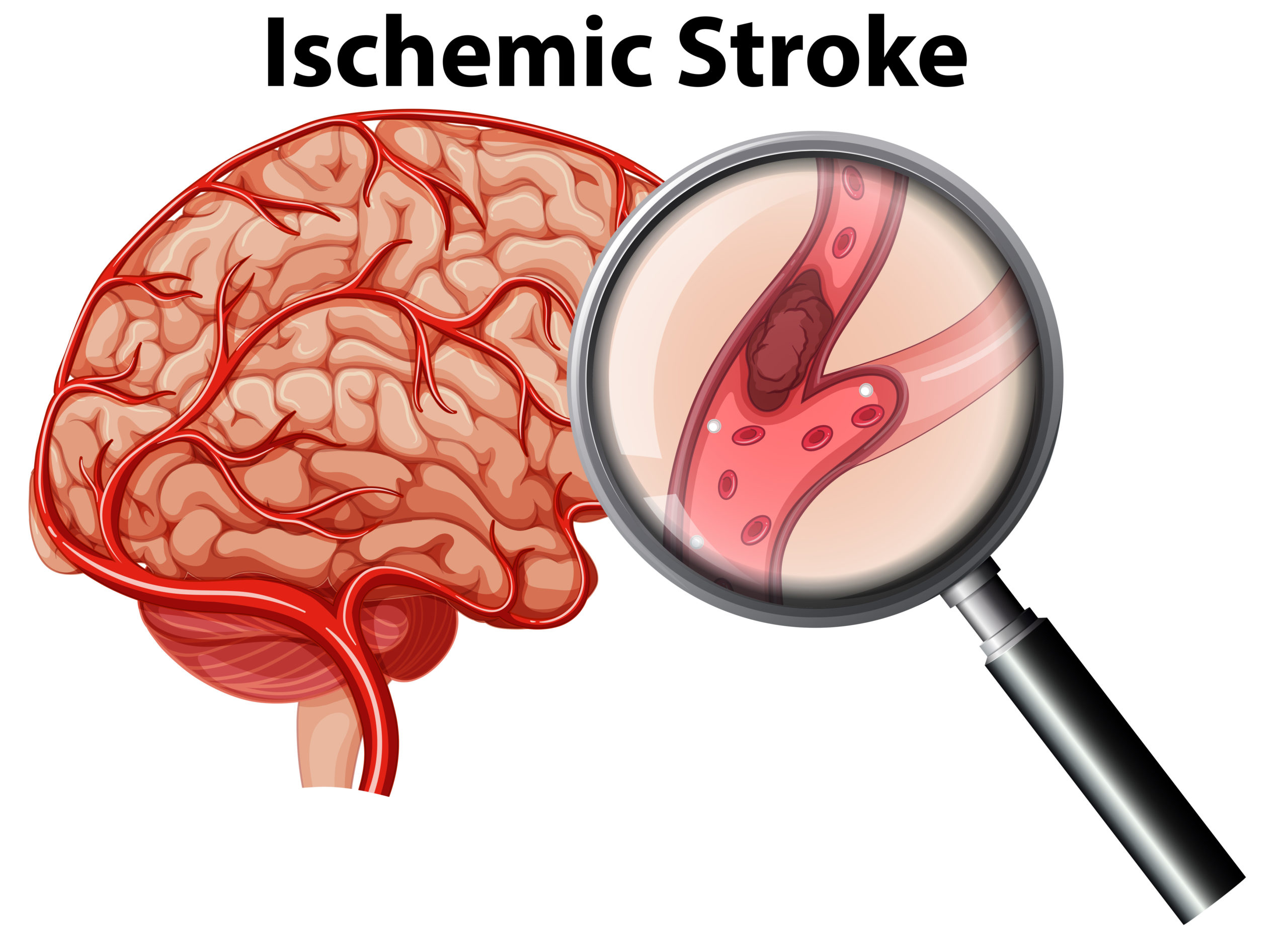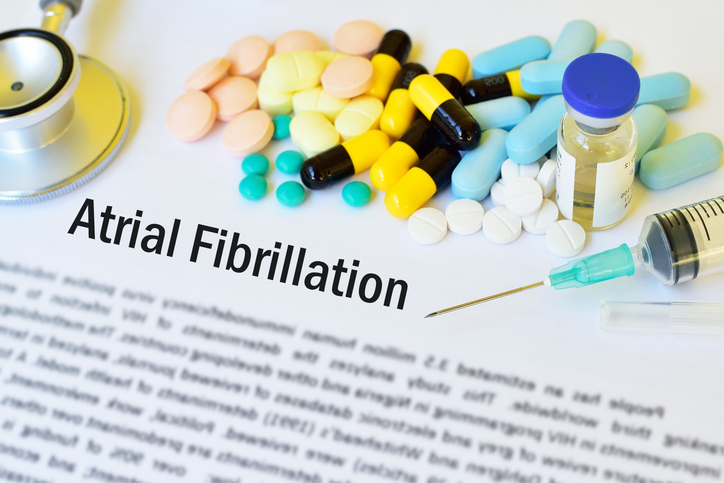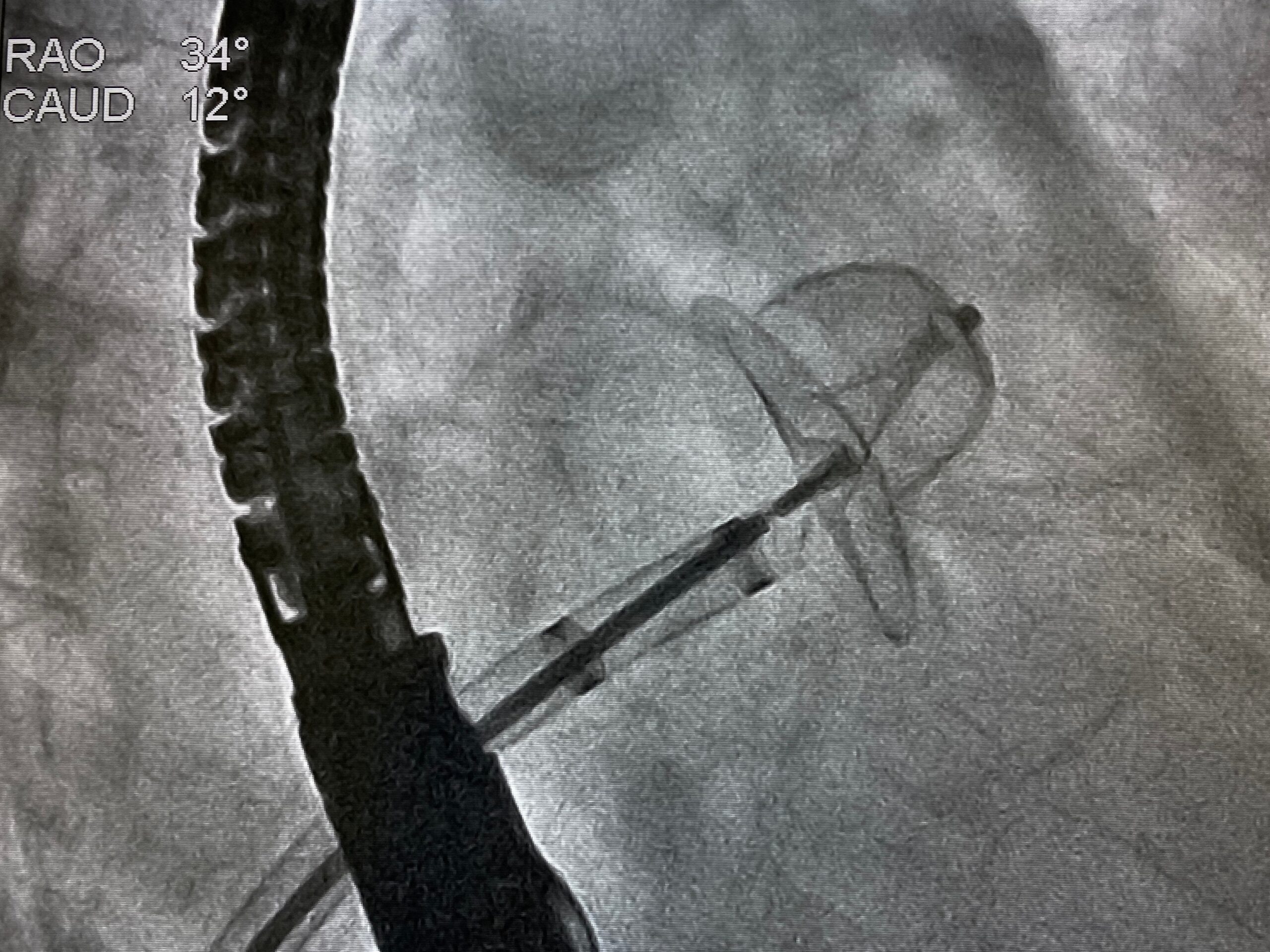
In a study in the European Stroke Journal, researchers compared once-daily direct oral anticoagulant (DOAC) use, twice-daily DOAC use, and vitamin K antagonists (VKA) in patients with atrial fibrillation with a recent stroke. According to the report, both once-daily and twice-daily DOACs were advantaged versus VKA.
The study used prospective data of 956 from the NOACISP-LONGTERM observational registry, of which 128 received VKA (13.4%), 264 received once-daily DOAC (27.6%), and 564 received twice-daily DOAC (59%). The researchers used Cox proportional hazard regression models to compare a composite primary endpoint of ischemic stroke, major bleeding, and all-cause death between the treatments.
DOAC Versus VKA Treatments in AF After Recent Stroke
According to the authors, over a total follow-up of 1,596 patient-years, both once-daily (adjusted hazard ratio [HR], 0.69; 95% CI, 0.48-1.01) and twice-daily DOAC exhibited a lower risk for the composite outcome when compared with VKA.
Notably, the authors did not observe a difference in risk when directly comparing once-daily and twice-daily DOAC (adjusted HR, 0.94; 95% CI, 0.70-1.26). Moreover, further analyses of the individual outcomes in the primary composite outcome also found no difference between the risk-benefit profiles of once- and twice-daily DOAC in patients with atrial fibrillation after recent stroke.
Overall, the authors concluded that benefits over VKA efficacy were achieved with both once-daily and twice-daily DOAC, though they noted that their findings did not provide “clear evidence that one DOAC dosing regimen is more advantageous than the other.” They suggested that further studies are necessary to identify potential differences between once- and twice-daily DOAC use.
Find Related Studies and Expert Interviews on the Atrial Fibrillation Knowledge Hub







 © 2025 Mashup Media, LLC, a Formedics Property. All Rights Reserved.
© 2025 Mashup Media, LLC, a Formedics Property. All Rights Reserved.